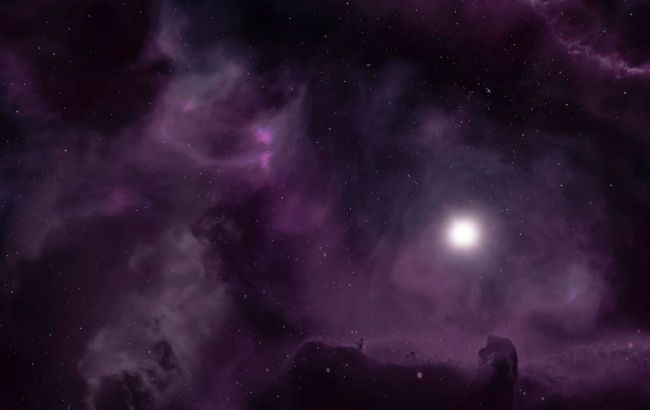Meteor shower and planets parade: January space events calendar
 What astronomical phenomena can be observed in January (illustrative photo: Freepik)
What astronomical phenomena can be observed in January (illustrative photo: Freepik)
Shorter daylight hours and cooler air make it easier to observe cosmic phenomena. In particular, they can be seen already in the January sky.
RBC-Ukraine reports on what astronomical events to expect in January 2025, citing Popular Science.
Peak of the Quadrantid meteor shower
The Quadrantid meteor shower, a stream of space rocks, has been occurring since mid-November last year. This astronomical phenomenon is one of the four meteor showers that occur every year.
These showers are characterized by a sharp increase in the number of stones, and they can also be observed from the Earth. In particular, during the Quadrantid meteor shower, more than 100 meteors can fly in the sky in an hour.
This atmospheric phenomenon is also characterized by the formation of fireballs by the stones of the stream. However, these explosions of light do not obscure the moonlight.
The peak of the astronomical phenomenon occurs on January 3. However, according to forecasts, this period will last until the end of the month.
Beginning of planets parade
This year, more than 6 planets can be seen in the January night sky at once: Jupiter, Mars, Uranus, Venus, Saturn, and Neptune. The celestial bodies will begin to line up around January 10.
In addition, Saturn will be replaced by Mercury. According to forecasts, this will happen by the end of February.
To see the parade of planets, you should use a telescope. It is also recommended to look at the southern part of the sky, moving from east to west.
To find out the exact time and location of the planets, which will change throughout the month, scientists recommend using celestial observation apps.
Full wolf moon
The first full moon in 2025 will appear in the sky on January 13.
The so-called wolf moon got its name from the behavior of predators in winter. According to ancestral observations, in January, packs of hungry wolves look for prey.
In addition, it is believed that the name is of Old English or Celtic origin. The January full moon is also called the Frost Moon or the Winter Moon.
Mars confrontation
On January 16, the Red Planet will come as close to Earth as possible. As its surface will be fully illuminated by the sun, Mars will be brighter than ever this year.
According to SeaSky, this is the best time to observe and photograph Mars. In addition, a medium-sized telescope will help you see some dark details on the orange surface of Mars. To spot them, you should look at the sky in the east in the late afternoon.

